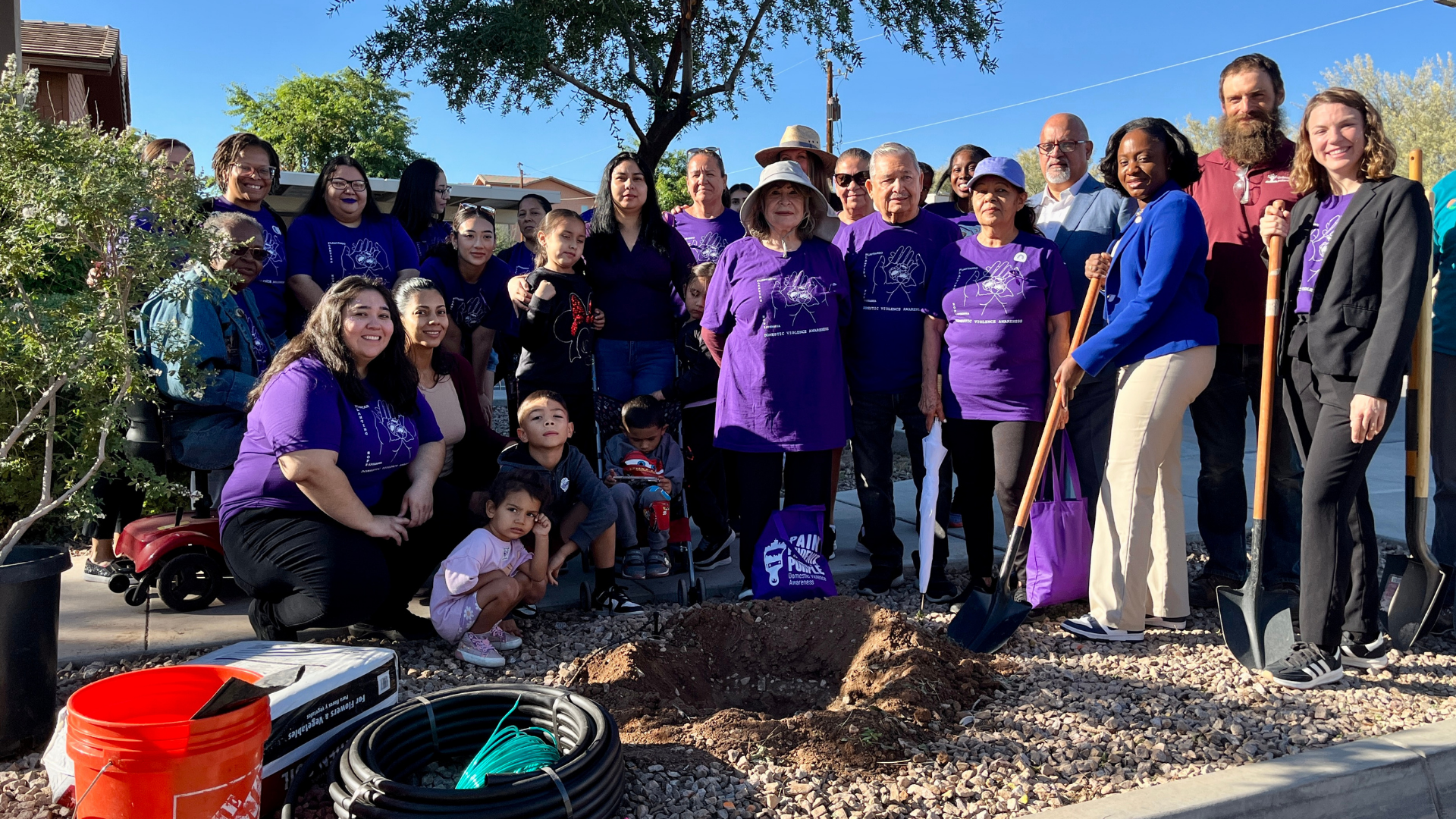Phoenix launches a Citywide food drive to assist residents experiencing food insecurity during the holidays.

Welcome to the Human Services Department
The City of Phoenix Human Services Department is committed to providing resources, programs, and services that enhance the quality of life for all Phoenix residents. From supporting families in crisis to empowering individuals on their journey toward self-sufficiency, we are here to serve and strengthen our community.
Explore Our Services
-

Programs and Services
View Programs and Services offered by the Human Services Department.
-

Food Assistance and Community Resources
Connecting Phoenix residents to food support, nutrition programs, and senior meal services.
-

PHX Hunger Relief - Help Feed Phoenix
Support Phoenix neighbors in need! Donate food, give online, or volunteer to help local families access nutritious meals

Contact the Human Services Department
200 W. Washington St., 18th Floor
Phoenix, AZ 85003
Phone: 602-262-6666 / TTY 7-1-1



